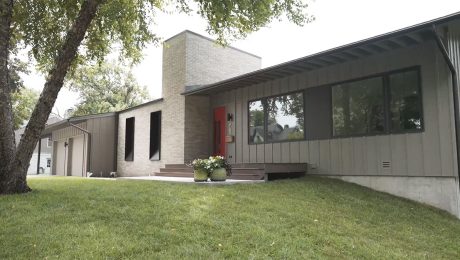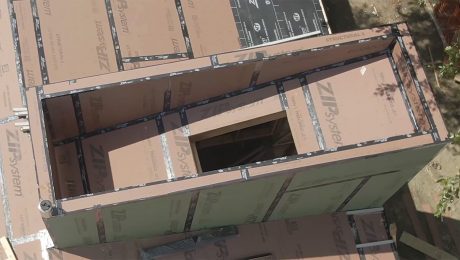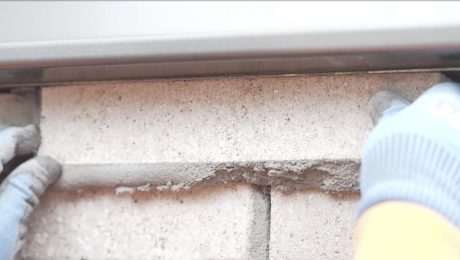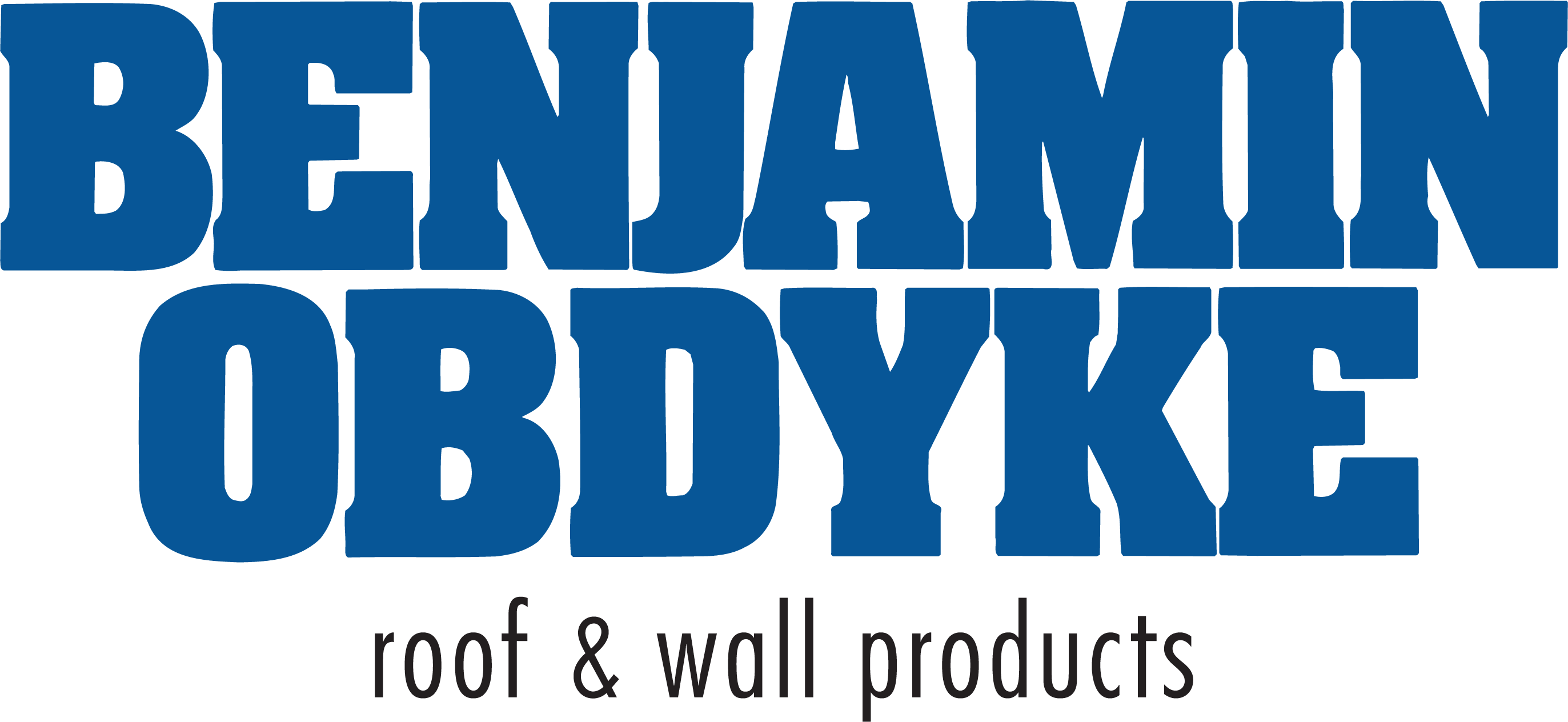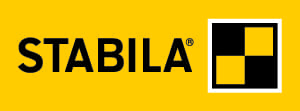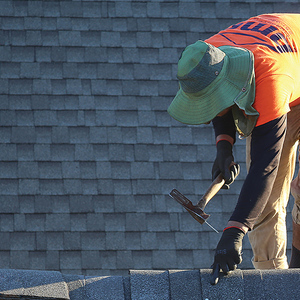Strategies for Venting a Roof Valley
Learn how Travis Brungardt used UV Battens to vent roof valleys on FHB House Kansas.
Fine Homebuilding House Kansas has a vented roof deck and we settled on this design for both aesthetic and performance reasons. The roof was sheathed and taped, a solid wood soffit material was installed, and now we need to prep for installation of the second layer of roof sheathing and cladding while allowing for that full second layer to vent properly.
Venting a roof valley
On most of the roof, venting is accomplished with simple wood furring, which accommodates the changes in plane from different material build-ups such as the sheathing, Ice and Water Shield, and solid wood soffits. But in the roof valleys, we had to solve the venting puzzle a little bit differently to make sure air is able to flow across the furring material and under the sheathing/cladding.
In these locations, we’re using Benjamin Obdyke’s old-style UV Batten material for lateral airflow. The UV batten is a 3/8-in. black strip installed underneath the furring. It allows air to move to the ridge across each of these bays, ensuring proper venting of the roof assembly. This was a convenient off-label use of the UV Batten, as the material was left over from another project—and it is effective in allowing air to flow through the vent space to the valley.
In this video, we correct some of the areas that were missed and demonstrate how and where venting will help our roof assembly.
RELATED STORIES


